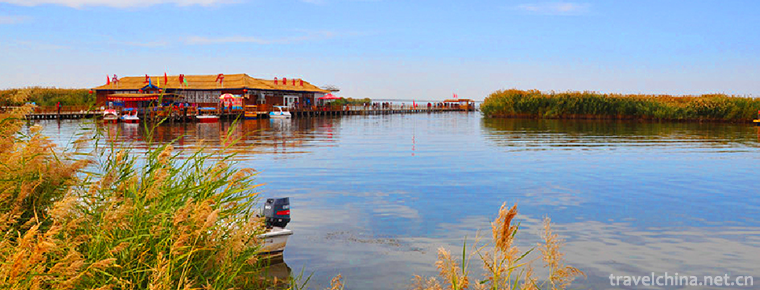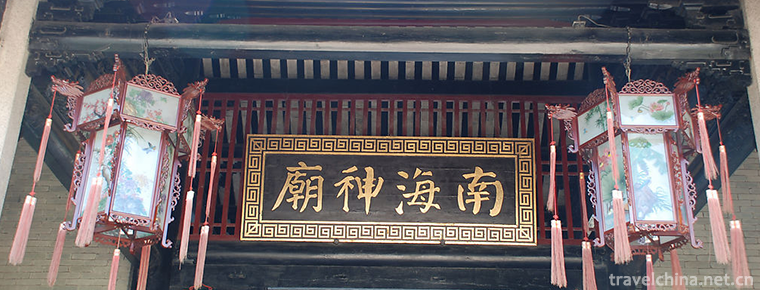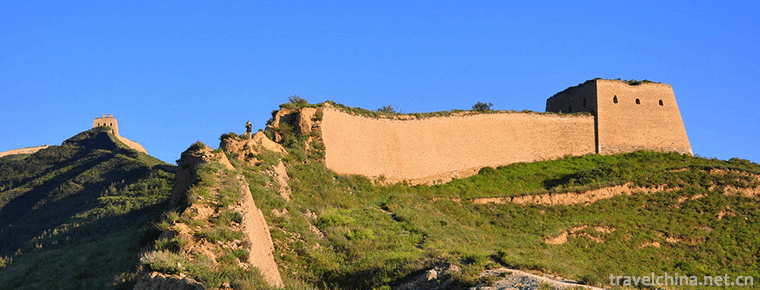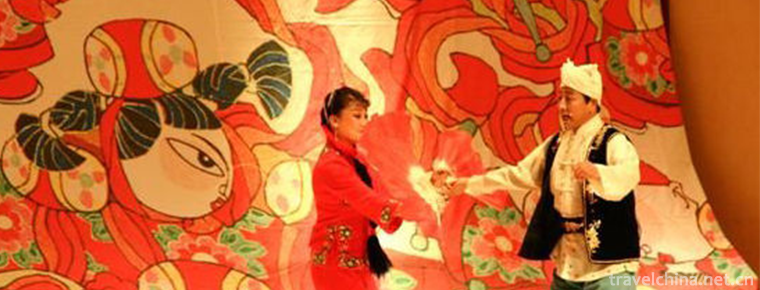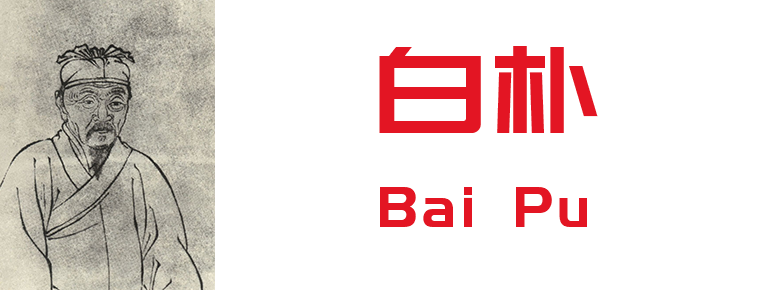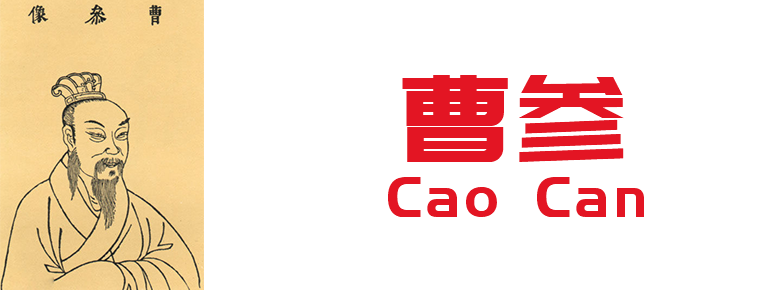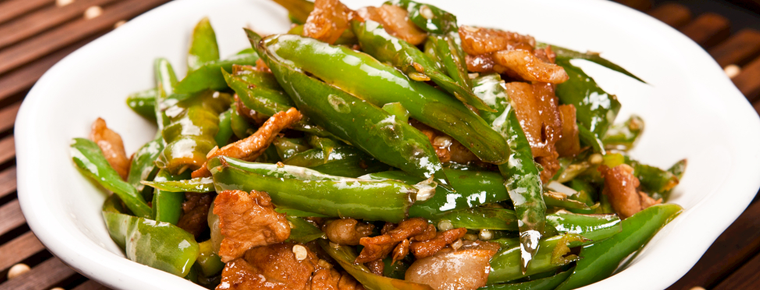Noodles with quickfried eel shreds and shelled shrimps
Shrimp fried eel noodles is a famous traditional food in Kui yuan hall, Hangzhou City, Zhejiang province. When the shrimp is cooked with fried eel noodles, select the strong fresh eel, chop off the head, cut off the tail and remove the bones, cut the eel into slices, fry the noodles with vegetable oil, stir-fry the meat oil, pour the sesame oil until the eel is crisp, wash the fresh river shrimp, add the egg white and stir-fry until it is white and tender; cook the noodles with the original juice, make the noodles inhale the aroma of eel fish. The juice is thick and fresh. Shrimp fried eel noodles for the Kui yuan Pavilion Ning style noodles.
1. The eel is slaughtered and treated. Slice the meat and cook it in a pot.
2. Put the noodles rolled many times into boiling water and boil them until they are 7 or 8 ripe. Remove the noodles from the boiling water and cool them down. Put them into the fence or the leaky spoon. Drain the water to form noodles.
3. Wash shrimp and add starch, egg white, monosodium glutamate, salt, cooking wine and water slurry.
4, cut the eel slices into 8 cm long segments, wash and drain.
5. Place the frying pan on a high fire and simmer the vegetable oil until 80% hot. Deep-fry the eel fragments until the eel skin is crisp and crisp. Pour in a leaking spoon and drain the oil.
6. Stir-fry the pan on a high fire, put a small amount of lard, put in scallions and ginger, stir-fry fragrance, put in eel slices, add soy sauce, wine, sugar and a little broth about 50 ml, after the taste of MSG filled up;
7. Put 200 ml broth and noodle knot in the pot, put it on the fire and boil, then skim off the foam, add soy sauce and lard, and put it into the eel brine. When the soup is thick, add monosodium glutamate and put it in a bowl.
8. Cover the eel slices again, skim the boiled shrimps in boiling water, put them on the eel slices, and pour the sesame oil on them.
noodle
(dry-cut noodles): the main nutrients of noodles are protein, fat, carbohydrates, etc. noodles are easy to digest and absorb, improve anemia, enhance immunity, balance nutritional absorption and other effects.
Eel
Eel is rich in DHA and lecithin, which are the main components of cell membranes in various organs and tissues of the human body, and is an indispensable nutrient for brain cells; eel contains "eel" which can reduce blood sugar and regulate blood sugar, and contains very little fat, which is an ideal food for diabetic patients; eel contains rich vitamin A, can improve vision, promote blood sugar The metabolism of the membrane. Eel has the functions of tonifying qi, nourishing blood, invigorating yang and spleen, nourishing liver and kidney, dispelling wind and dredging collaterals. It is suitable for hemorrhoids, Qi deficiency and prolapse of anus, postpartum emaciation, women's strain, uterine prolapse, kidney deficiency and low back pain, limbs weakness, rheumatic paralysis, mouth and eye deviation, etc.
Shrimp meat
Shrimp meat is rich in nutrients, soft meat, easy to digest, is a very good food for people who are weak and need to be recuperated after illness; Shrimp meat is rich in magnesium, can protect the cardiovascular system, it can reduce blood cholesterol content, prevent arteriosclerosis, but also can expand the coronary artery, is conducive to preventing hypertension And myocardial infarction; shrimp meat and tonifying kidney Yang, breast anti-toxic, nourishing blood and strengthening essence, removing blood stasis and detoxification, tonifying Qi and nourishing Yang, dredging collaterals and relieving pain, appetizing and resolving phlegm and other effects.
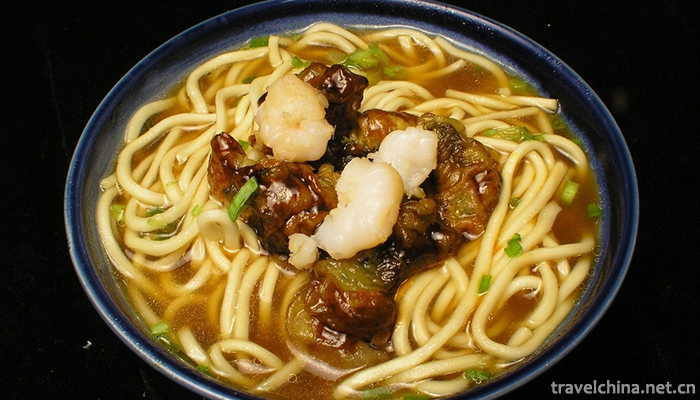
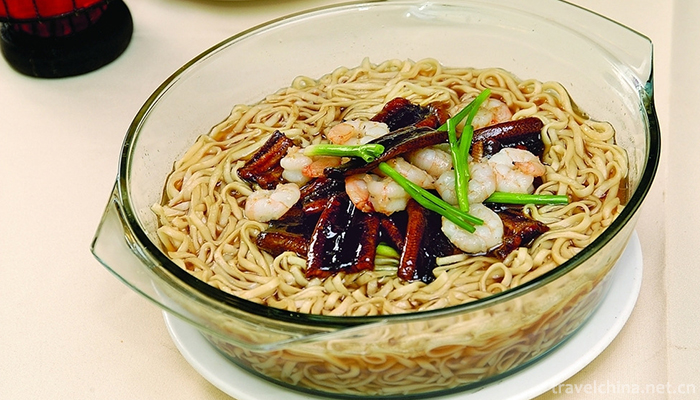
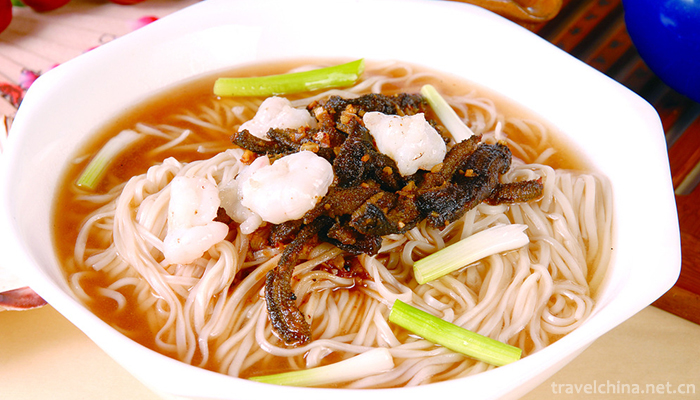
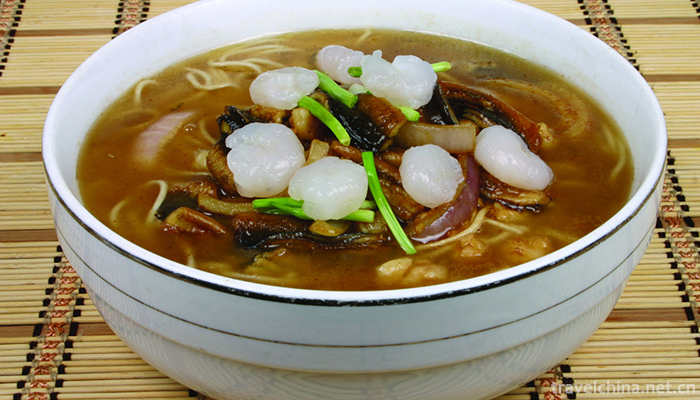
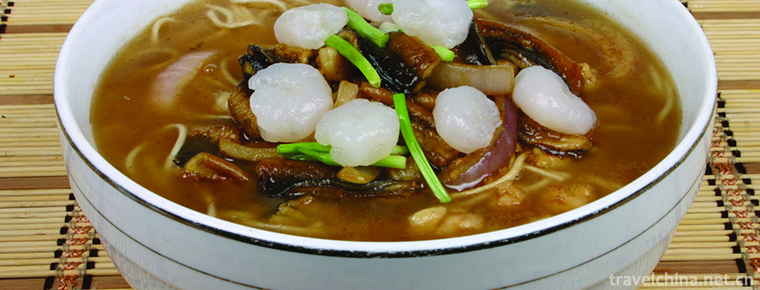
Noodles with quickfried eel shreds and shelled shrimps
-
mount fanjing
Fanjingshan: National AAAAA-level tourist attractions, National Nature reserves, China's top ten summer resorts, China's famous Maitreya Bodhisattva Dao
Views: 269 Time 2018-12-12 -
Beijing Hotel
Located in the center of Beijing, Beijing Hotel is adjacent to the former Imperial Palace and Forbidden City. It can reach Tiananmen, the Great Hall of the People
Views: 276 Time 2018-12-14 -
Linhe Yellow River National Wetland Park Inner Mongolia
Inner Mongolia Linhe Yellow River National Wetland Park is located in Linhe District, Bayannaoer City, Inner Mongolia Autonomous Region, with a total area of 4637.6 hectares. The functional zoning map
Views: 185 Time 2018-12-26 -
Nanhai Temple
Nanhai Temple, also known as the Polo Temple, is a place where ancient Chinese laborers worship the sea. Located in Miaotou Village, Huangpu District, Guangzhou
Views: 232 Time 2018-12-31 -
Qingshuihe Ming Great Wall Site
The site of the Great Wall of the Ming Dynasty begins at Jiayuguan in Jiayuguan City in the west, passing through Jiuquan, Gaotai, Linze, Zhangye, Shandan, Yongchang, Minqin
Views: 192 Time 2019-02-07 -
Shigu Academy
Shigu Academy, located in Shigu Mountain, Shigu District, Hengyang City, an important city in central and southern Hunan Province, is the birthplace of Huxiang
Views: 220 Time 2019-02-08 -
Daming Palace Site in Changan City of Tang Dynasty
Daming Palace Site is located in Taihua South Road, Xi'an City, Shaanxi Province. It was destroyed in Binggong at the end of Tang Dynasty.
Views: 185 Time 2019-02-13 -
Hequ folk songs
Hequ folk song is a kind of traditional folk music. Shanxi's human geographical environment has formed the "Xikou" mode of life and production in which local people return to Daqingshan and
Views: 416 Time 2019-05-03 -
Bai Pu
Bai Po (1226 - about 1306), formerly known as "Heng", Ren Fu, later renamed Pu, the word is too plain, Lanlan Valley, Han nationality, ancestral home state (now Shanxi) Hequ ) Nanjing's Kaif
Views: 213 Time 2019-09-11 -
Cao Can
Cao Can(? - 190 BC) , Han nationality Peixian people In the Western Han Dynasty, the founding fathers and famous generals were the following. Xiao He Later, the second dynasties in the Han Dynasty wer
Views: 300 Time 2019-09-15 -
Fried meat with chili
Stir fried meat with chili is a dish made with chili and streaky pork as the main ingredients and soybeans, garlic seeds, soy sauce, oil salt, monosodium glutamate and ginger as auxiliary ingredients.
Views: 229 Time 2020-03-18 -
Administrative division of Yibin
Yibin City has 10 county-level administrative divisions (Municipal District 3, county 7), 136 township level administrative divisions (street 14, town 105, township 17). It covers an area of 13271 square kilometers and has a population of 5.52 million. Yibin Municipal
Views: 337 Time 2020-12-18


